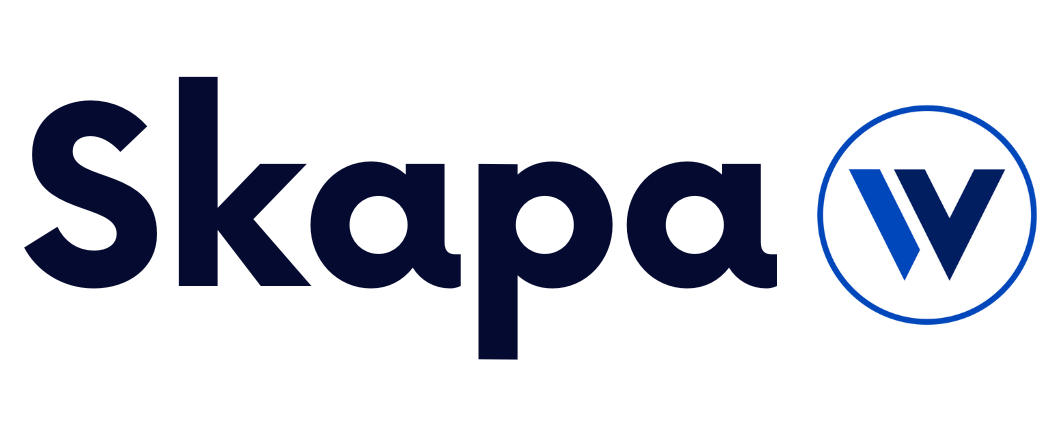Understand the Difference Between a Website and a Landing Page
In the complex realm of websites and digital marketing, terms can sometimes get muddled or used loosely. It's essential to have a clear grasp of what a website and a landing page are and how they differ in their purpose and function.
Website: Your Digital Home
A website is your company's digital home. Think of it as your online headquarters, where visitors can come to learn more about your business, your products and services, and to interact with your online presence. The website acts as a central hub that links to various parts of your digital presence, including company pages, contact pages, a blog or news section, and more.
Features typically found on a website include:
- Homepage: The primary page that welcomes visitors and provides an overview of your business.
- About Us: Here, you can share your company's history and values.
- Products/Services: An overview of what you offer, with links to detailed descriptions.
- Contact: Information on how visitors can reach you, including contact forms and maps.
- Blog/News: If you produce content, this may be where your latest articles or news are found.
Your website acts as a showcase for your brand, building trust with visitors and creating a positive first impression. It's your chance to express creativity through design and content and enhance your online visibility through search engine optimization (SEO).
Landing Page: Targeted Conversion
In contrast, a landing page is the polar opposite of a website regarding purpose and design. While a website is often more general and informative, a landing page is laser-focused and optimized for conversions.
Here are some key characteristics of landing pages:
- Targeted: Landing pages are designed with a specific audience in mind and a clear call to action, such as filling out a form or making a purchase.
- Minimalist Design: Landing pages typically have a clean, minimalist design with few distractions, like removing the main menu or other links.
- Conversion-Focused: They concentrate on a single action, with all elements on the page working toward that goal.
- A/B Testing: Landing pages are often used to test different elements and determine what generates the best conversions.
- Campaign-Oriented: They frequently serve as destination pages for marketing campaigns, email initiatives, or PPC (Pay-Per-Click) ads.
Landing pages are particularly useful when you want to boost the conversion rate for a specific action. For instance, if you have a new product and want visitors to sign up for more information, you can create a landing page that guides them to do just that.
The Difference in Practice
To better comprehend the distinction between a website and a landing page, let's consider a real-world example:
Imagine you run an e-commerce store selling jewelry.
Website: Think of your website as your digital storefront. It's where you showcase everything you have - all your jewelry, details about your company, and even share jewelry-related news. Visitors can browse through your collection, see prices and specifications, and get to know your business. It's like your store's shop window, designed to provide an overview.
Landing Page: Now, envision a landing page as a grand opening for a special event. If, for instance, you're giving away a free piece of jewelry to new customers, this is the place to be. It's straightforward and to the point, entirely focused on the free piece of jewelry. Visitors land on this page through a campaign link or an ad, and it's all about convincing them to fill out a form to claim their free jewelry.
In summary: Your website is your digital home, where everything resides. The landing page is your digital launchpad for a specific campaign. Both are vital for establishing a robust online presence and achieving various goals for your business.




























